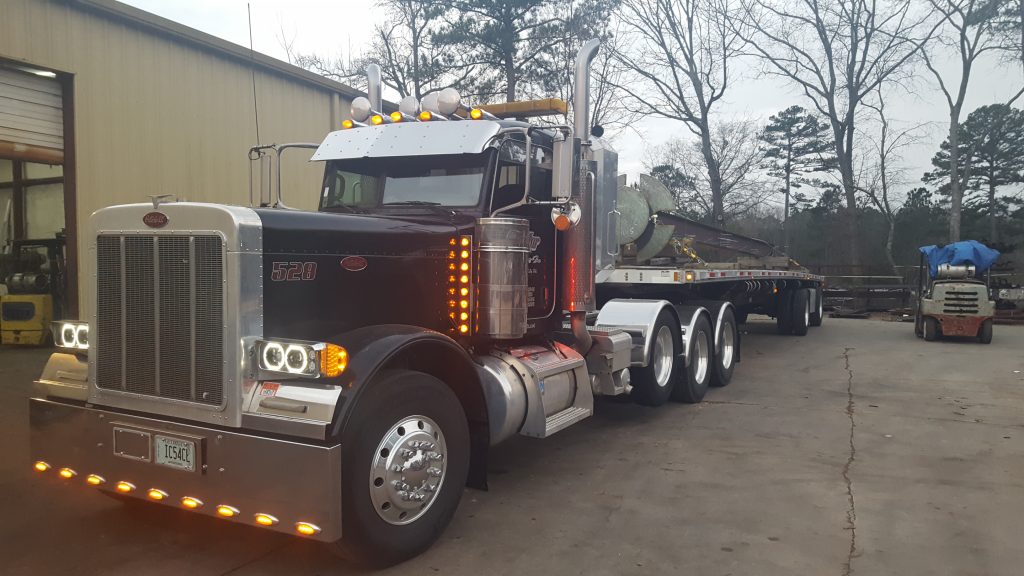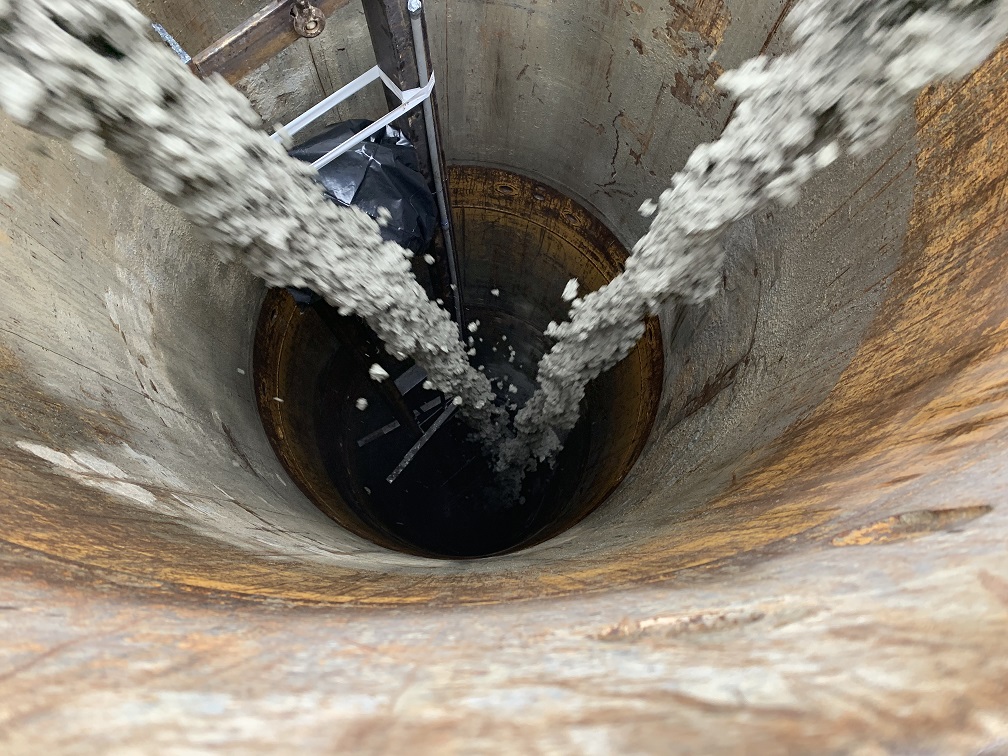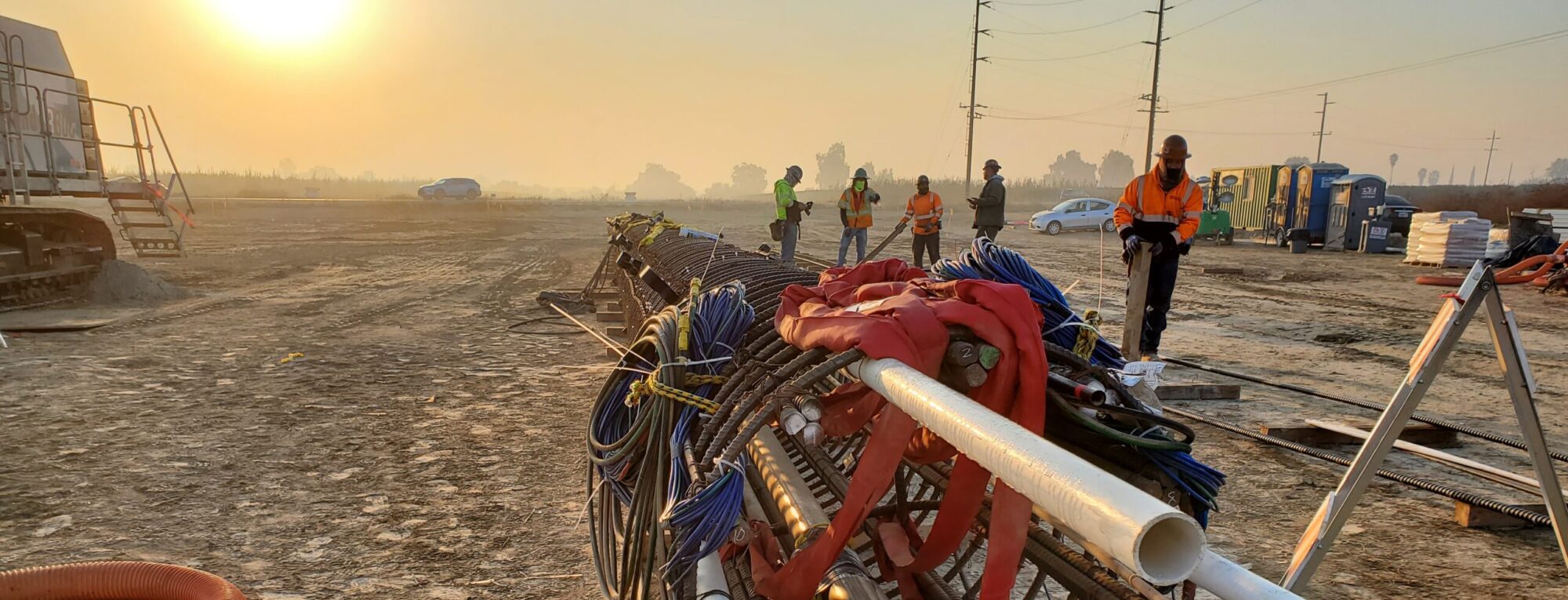LTC was recently engaged to perform a load test on a mixed-use development currently under construction in the West Midtown area of Atlanta. The property market is so hot right now that the owner decided to add two stories to the structure. Rather than redesigning the foundation system from scratch, the foundation contractor contacted LTC to perform a bi‑directional load test to prove that the existing shaft design would bear the extra load.
I’ve been running pile tests for 20 years, so from my point of view it usually looks routine and easy. However, from a typical drilling contractor’s perspective, assembling a bi-directional test onsite can be quite a headache. Mysterious boxes and pallets of miscellaneous parts start arriving. It’s like getting IKEA furniture, except without the pictograph instructions. Luckily, a very expensive expert then arrives to sort it all out, tying up the welder and the crane in the process. This is not the case with LTC, as we have pioneered the use of pre-built Load Test Assemblies (“LTAs”) – one example of our goal of making pile testing simple.
LTC is committed to innovating for our clients, both technically and logistically. For this particular project, the LTA was fully fabricated at LTC’s machine shop, attached to a carrying beam and instrumented. The whole 50-foot-long assembly was trucked to site in one piece. All that the contractor had to do was pick it off the flatbed truck, attach an extension and install in the excavation. Given how busy and congested the site was, it was a crucial time and money saver to move the test equipment assembly offsite. It also proved to be immensely popular with the client!

Standard practice for drilled shaft design in the southern Piedmont formation area is to excavate dry, fully cased to tip. This is to facilitate lowering an inspector to visually assess the shaft base. To be honest, when my partner Robert Simpson first explained this to me, I thought he was joking. I had seen it done once in South Carolina, in 1999, but thought that modern remote sensing technology and safety practices would have rendered it obsolete. If nothing else, rig up a GoPro and an LED lamp on a rope, no? Apparently not…
Not only does this QC method expose the inspector to unnecessary danger, it also significantly degrades the side shear capacity of the shaft by smearing & smoothing the sidewalls with the casing. In pursuit of the perfect shaft base, perfectly good shear capacity is discarded.

Bucking this standard practice, the test shaft excavation was only cased to the Partially Weathered Rock (PWR) formation. The test indicated that both the rock socket shear and end bearing had substantially more capacity than design values had assumed. In fact, the test showed that all of the axial top load demand on the shaft was adequately carried in shear only, with approximately 0.1” of permanent settlement. The end bearing was equally good and thus the test was a complete success for the project. The additional floors could be added, the foundation plan did not have to be redesigned, the project stayed on schedule and the test proved that sending inspectors down the hole should be a thing of the past.


